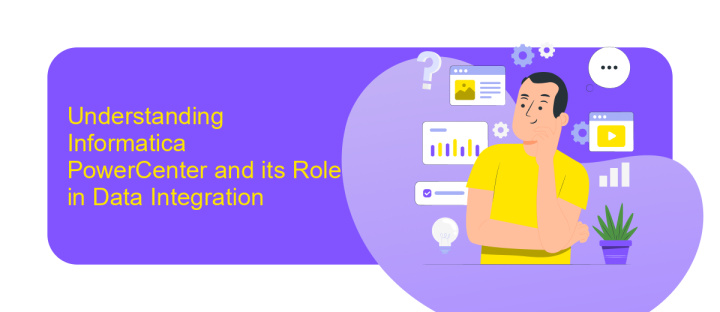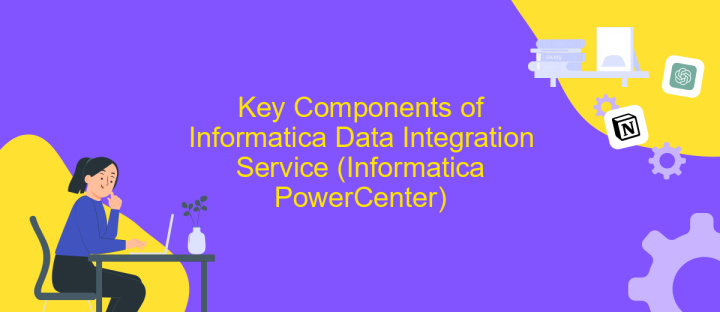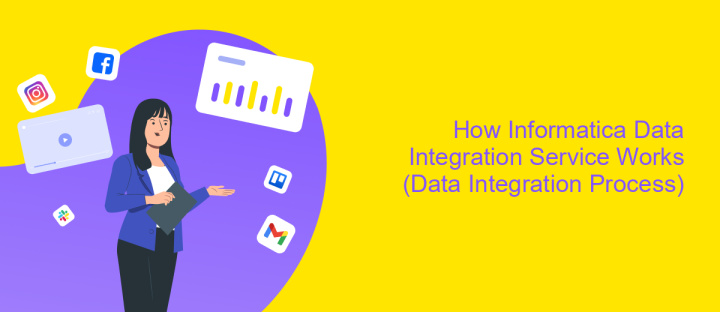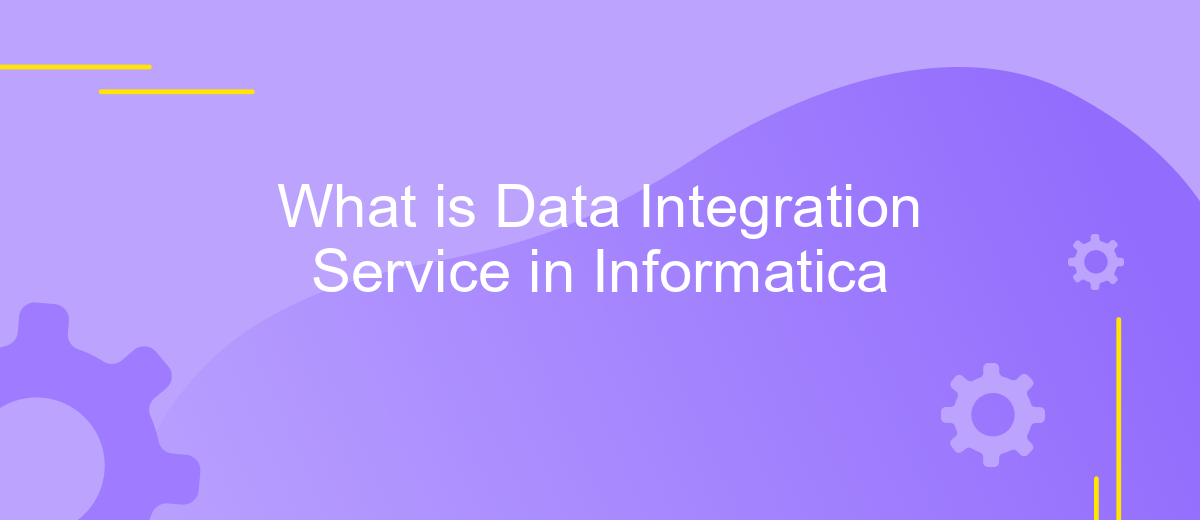What is Data Integration Service in Informatica
Data Integration Service in Informatica is a core component that facilitates seamless data movement and transformation across diverse systems. It enables organizations to efficiently integrate data from multiple sources, ensuring consistency and accuracy. By leveraging advanced capabilities, such as real-time processing and scalability, the service plays a crucial role in supporting data-driven decision-making and enhancing overall business intelligence.
Introduction to Data Integration and its Importance
Data integration is a crucial process in today's data-driven world, enabling businesses to consolidate information from diverse sources into a unified view. This process not only ensures consistency and accuracy but also enhances decision-making by providing comprehensive insights. By integrating data, organizations can break down silos, streamline operations, and foster collaboration across departments.
- Improved data quality and consistency
- Enhanced decision-making capabilities
- Increased operational efficiency
- Better collaboration and communication
- Faster time-to-insight
Informatica's Data Integration Service plays a pivotal role in achieving these objectives by offering robust tools and technologies to seamlessly integrate data across multiple platforms and formats. It empowers organizations to harness the full potential of their data assets, driving innovation and competitive advantage. As businesses continue to evolve in complexity, the importance of efficient data integration cannot be overstated, making it a cornerstone of modern data management strategies.
Understanding Informatica PowerCenter and its Role in Data Integration

Informatica PowerCenter is a robust data integration tool that plays a crucial role in managing and transforming data across various systems. As an enterprise-grade platform, it enables organizations to efficiently extract, transform, and load (ETL) data from diverse sources into a centralized repository. This process ensures that data is consistent, accurate, and readily available for analysis and decision-making. PowerCenter's architecture supports scalability and high performance, making it suitable for handling large volumes of data. Its user-friendly interface allows data professionals to design complex workflows with ease, ensuring seamless data integration across the enterprise.
PowerCenter's role in data integration extends beyond traditional ETL processes. It provides capabilities for real-time data integration and data quality management, ensuring that data is not only integrated but also cleansed and validated. Additionally, tools like ApiX-Drive complement PowerCenter by offering no-code solutions for setting up integrations between various applications and services. This enhances the flexibility and speed of data integration projects, allowing businesses to adapt to changing data needs swiftly. Together, Informatica PowerCenter and complementary services like ApiX-Drive empower organizations to harness their data's full potential, driving insights and innovation.
Key Components of Informatica Data Integration Service (Informatica PowerCenter)

Informatica Data Integration Service, a core component of Informatica PowerCenter, is designed to facilitate seamless data integration across diverse systems. It offers a robust platform for transforming, cleansing, and delivering data in real-time or batch modes. The service ensures data consistency and reliability, supporting complex data workflows and integration scenarios.
Key components of Informatica Data Integration Service include:
- Repository Service: Manages metadata and provides a centralized environment for managing data integration processes.
- Integration Service: Executes data transformation and loading operations, ensuring high performance and scalability.
- Data Transformation Manager: Processes data transformations, enabling complex data manipulation and aggregation.
- Workflow Manager: Orchestrates data workflows, allowing for automation and scheduling of integration tasks.
- Monitoring and Logging: Provides tools for tracking performance and error handling, ensuring transparency and control.
These components work in harmony to provide a comprehensive data integration solution, empowering organizations to streamline data processes and derive actionable insights. By leveraging these key elements, businesses can achieve efficient data management and enhanced decision-making capabilities.
How Informatica Data Integration Service Works (Data Integration Process)

Informatica Data Integration Service acts as the backbone for seamless data movement and transformation across different systems. It enables organizations to efficiently consolidate, cleanse, and harmonize data from various sources, ensuring that the data is accurate and consistent. The service operates by executing workflows and mappings, which define the data transformation and movement processes.
The process begins with the extraction of data from disparate sources, such as databases, cloud services, and flat files. Once extracted, the data undergoes a transformation phase where it is cleansed, enriched, and standardized according to business rules and requirements. This ensures that the data is in a usable format for analysis and reporting.
- Data Extraction: Collecting data from various sources.
- Data Transformation: Cleaning and standardizing data.
- Data Loading: Integrating the transformed data into target systems.
Finally, the transformed data is loaded into target systems, such as data warehouses or data lakes, where it can be accessed for business intelligence and analytics. This entire process is automated and managed by the Informatica Data Integration Service, providing a streamlined and efficient approach to handling complex data integration tasks.
- Automate the work of an online store or landing
- Empower through integration
- Don't spend money on programmers and integrators
- Save time by automating routine tasks
Benefits and Use Cases of Informatica Data Integration Service
Informatica Data Integration Service offers numerous benefits, making it a pivotal tool for organizations looking to streamline their data processes. By providing a unified platform for data integration, it ensures seamless data flow across various systems, enhancing data consistency and accuracy. This service supports a wide range of data sources and formats, enabling businesses to integrate data from disparate systems effortlessly. Additionally, it improves operational efficiency by automating data workflows, reducing manual intervention, and minimizing errors. Organizations can achieve real-time data integration, allowing for timely insights and decision-making.
Use cases for Informatica Data Integration Service are vast and varied. It is ideal for enterprises undergoing digital transformation, where integrating legacy systems with modern applications is crucial. Businesses can leverage this service to consolidate data from multiple sources for analytics, ensuring a comprehensive view of business performance. For companies looking to enhance their CRM systems, Informatica aids in integrating customer data from different channels, providing a 360-degree customer view. Furthermore, for those interested in simplifying their integration processes, tools like ApiX-Drive can complement Informatica by providing easy-to-use interfaces for setting up integrations without extensive technical expertise.
FAQ
What is Data Integration Service in Informatica?
How does Data Integration Service handle data transformation?
What are the key components of Data Integration Service?
How does Data Integration Service ensure data quality?
Can Data Integration Service be automated for continuous data integration?
Apix-Drive is a universal tool that will quickly streamline any workflow, freeing you from routine and possible financial losses. Try ApiX-Drive in action and see how useful it is for you personally. In the meantime, when you are setting up connections between systems, think about where you are investing your free time, because now you will have much more of it.


